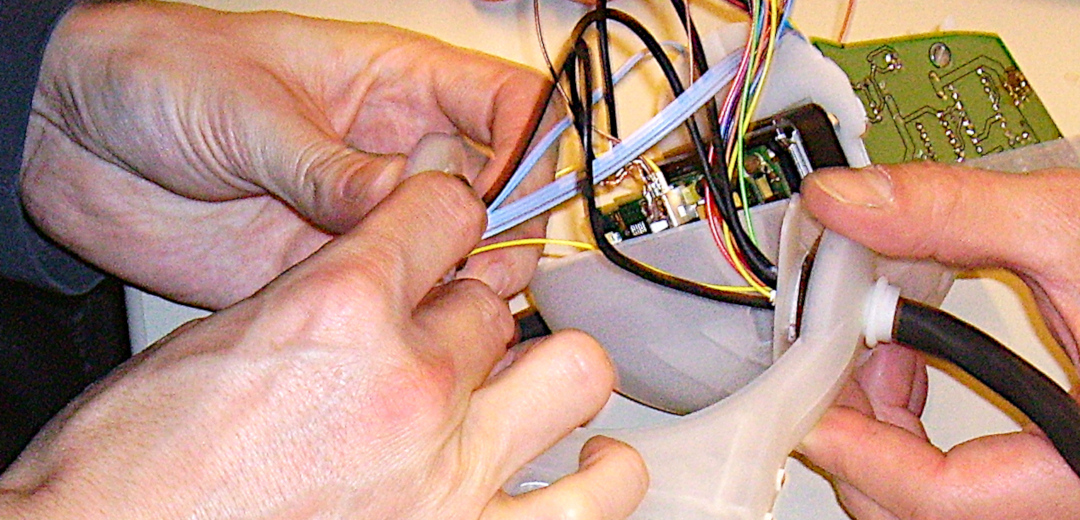Assembly process control
The customer of BS&i Mechatronics expects nothing less than a high quality of the products supplied. We achieve this by focusing on process management. We distinguish between management of the technical processes and that of the logistics processes. In this article we share with you the process control of our manual assembly. The goal is that all devices supplied by definition meet 100% of the specifications set by the customer.
Need to control the assembly process

Human error is inherent in manual work. Whether you like it or not, less than 5% errors is not achievable without doing something special. That is why BS&i Mechatronics puts a lot of effort into the process control of manually building devices in series. Dit doet BS&i Mechatronics op basis van de aansturing, monitoring en bijsturing van het assemblageproces. With small series as a starting point. The economic feasibility of the chosen solution plays a major role in this. Below you will find the steps of the process control that we apply to minimize the risk of error.
Management

Process control starts with a break down of the assembly process into individual assembly operations. This forms the basis for controlling the process. We identify the risks of failure and points for attention for quality for each action. The result of this will be available to our technician. This result is directly linked to the requirements of our customer. And so with the risks during the functioning of the device. This step forms a first direct link between the customer and our technician.
In addition, we visualize each step what this phase of the assembly looks like. The images are provided with a description of that assembly step. This includes an overview of the tools to be used and the materials and parts to be mounted.
The foregoing has been summarized in a document. The technician uses this when assembling a device.
Monitoring

During the assembly process, deviations arise as a result of human influence. These deviations consist of incorrect adjustments, damage, missing and incorrectly mounted parts. The chance of failure has been greatly reduced by monitoring the process with a number of techniques as part of the process control. The use of these techniques depends on the complexity and error rate of the product. These techniques are:
- Application of Statistical Process Controll (SPC) for both discrete and continuous variables;
- Vision technology for error recognition;
- Regular rotation of the mechanic to break any error routines;
- Attention by colleague mechanic.
The trade-off in applying these methods is that there should be no increase in costs during the assembly run.
Adjustment

The third part of our process control is adjusting the assembly process. This is based on the results of the monitoring and the experience of the technician. These are recorded in a log for that specific series. The technician carries out this adjustment, possibly in consultation with colleagues. He has the specifications of the customer. In this way, the technician builds up experience, which further reduces the risk of error. The mechanic is allowed to modify the assembly process. The focus is on less risk and cost reduction. The technician is also directly involved in the experiences that the customer provides feedback. This is because the customer experience at the mechanic is essential.
If you have any questions regarding this article, please do not hesitate to contact us. Or visit our website at www.bseni.nl.

